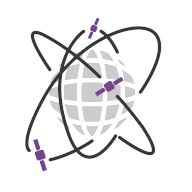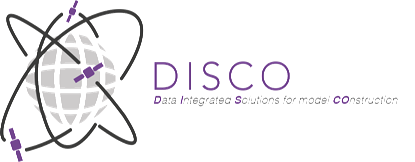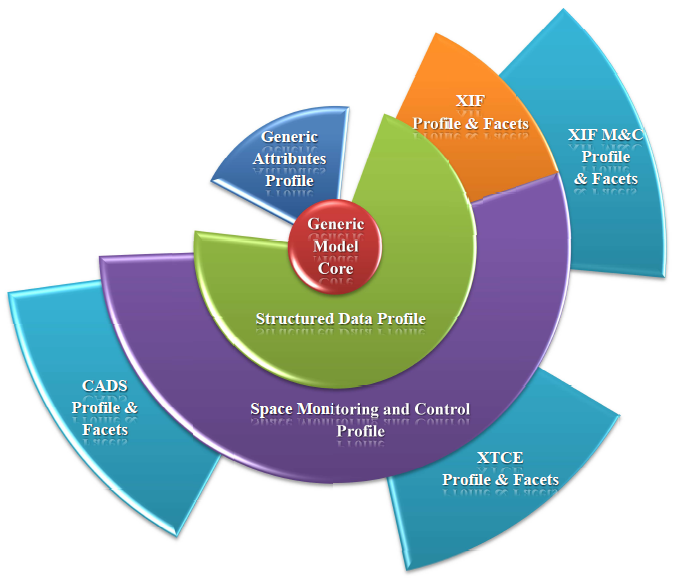
Customer: Centre National d’Etudes Spatiales (CNES)
Programme: Generic
Supply Chain: CNES > CS Group SPACE
DISCO meets two main challenges: Handling concepts which format is mutable and which can carry properties from different formats. Providing good performances and a smooth user experience on complex big-sized models. To address them, the modeler is based on: An approach based on domain-oriented profiles, which add new concepts to the generic core, enriching the metamodel in a non-intrusive way. The EMF Facet technology, which lets us add new derived attributes to enrich the existing metamodels in a non-intrusive way. With this technology, the modeler can manipulate generic data descriptions, without the domain-specific or format-oriented aspects. A lazy-loading policy to this organization will provide an easy way to navigate model, without the need of loading aspect-specific details of an element in memory. These specific details are required only by high level layers and can be loaded only when explicitly needed. Thus, the modeler’s core is not specialized for any specific business domain. This allows a generic modeler, which can be used whatever the user’s domain is. This modeler can be derived for various specific business domains, in higher layers. The core is also separated in various components, each with a specific role, accordingly with the separation of concerns approach. This approach gives more extensibility to the modeler. As an example, the modeler’s core does not care about how the model is persisted, relying only on EMF ; thus various persistence solutions can be chosen in the very same tool (local file persistence or externalized to a dedicated server for bigger models). The high level specific layers will address only the spatial business domain at the beginning in order to address directly the needs formalized by CNES.
CS Group responsabilities for Data Integrated Solutions for model COnstruction are as follows:

The features are as follows:
The project objectives are as follows:
The processes for carrying out the project are:
The solution key points are as follows:

The main technologies used in this project are:
| Domain | Technology(ies) |
|---|---|
| Hardware environment(s) | PC |
| Operating System(s) | Windows, Linux |
| Programming language(s) | Java, Xtend, Xtext |
| Interoperability (protocols, format, APIs) | XML, Json |
| Production software (IDE, DEVOPS etc.) | Eclipse, Eclipse Modeling technologies based on EMF, CDO, Apache Maven, Git, Subversion, Junit, Jenkins, SonarQube |